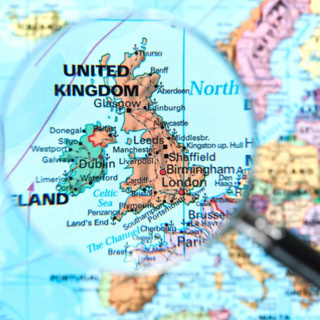Jaksokuvaus
Celebrations over victory in the Boer War, and the landslide general election win it led to for Salisbury, turned out to be premature. Indeed, towards the end of 1900, the war was entering its darkest phase. The Boers, far from admitting they were beaten, switched to guerrilla warfare. And the British Army responded with scorched earth and concentration camps. Farmhouses were burned, as were crops, and livestock was killed. Boer civilians, mostly women and children, were herded into the recently invented institution of concentration camps, first used by the Spanish colonial authorities fighting an insurrection in Cuba. Many thousands of Boers died, most of them children. And there were camps for black prisoners too, where mortality was also shockingly high. Unsurprisingly, this isn’t one of the aspects of British imperial history that’s particularly well known in Britain. The use of concentration camps, and the shameful conditions inside them, were revealed by two remarkable women. Emily Hobhouse, who was close to Liberal circles, first exposed them in the report of her trip to South Africa. Such was the outrage in Britain, that the British government felt it had to send a commission out to investigate, and entrusted it to the suffragist leader Millicent Fawcett, who held Unionist views. However, she entirely confirmed the earlier findings of the Liberal Hobhouse. Illustration: Emily Hobhouse, by H. Walter Barnett, 1902, National Portrait Gallery x81401 Music: Bach Partita #2c by J Bu licensed under an Attribution-NonCommercial-No Derivatives (aka Music Sharing) 3.0 International License.

